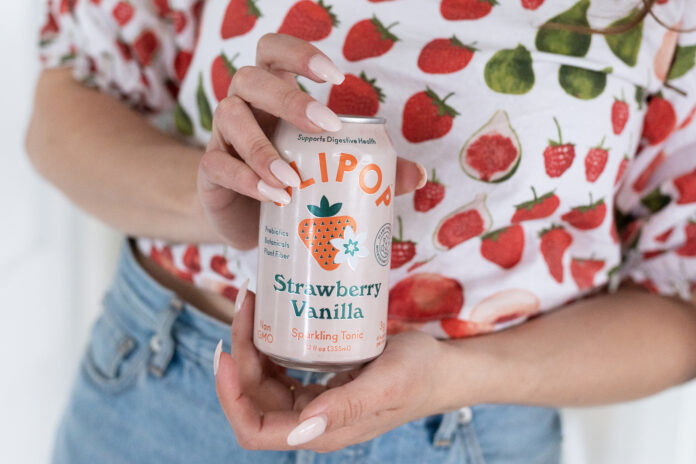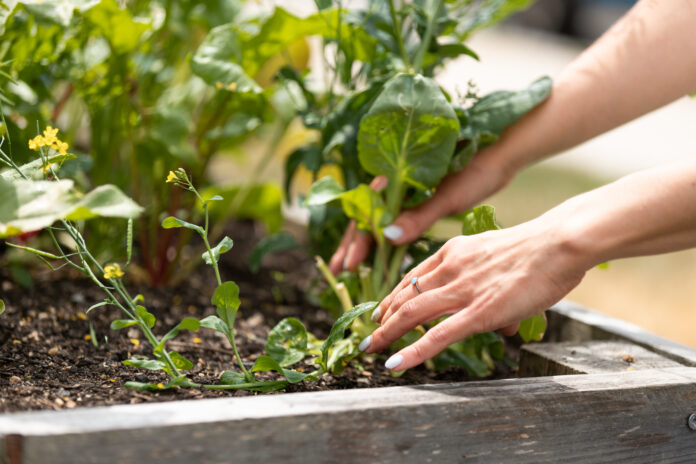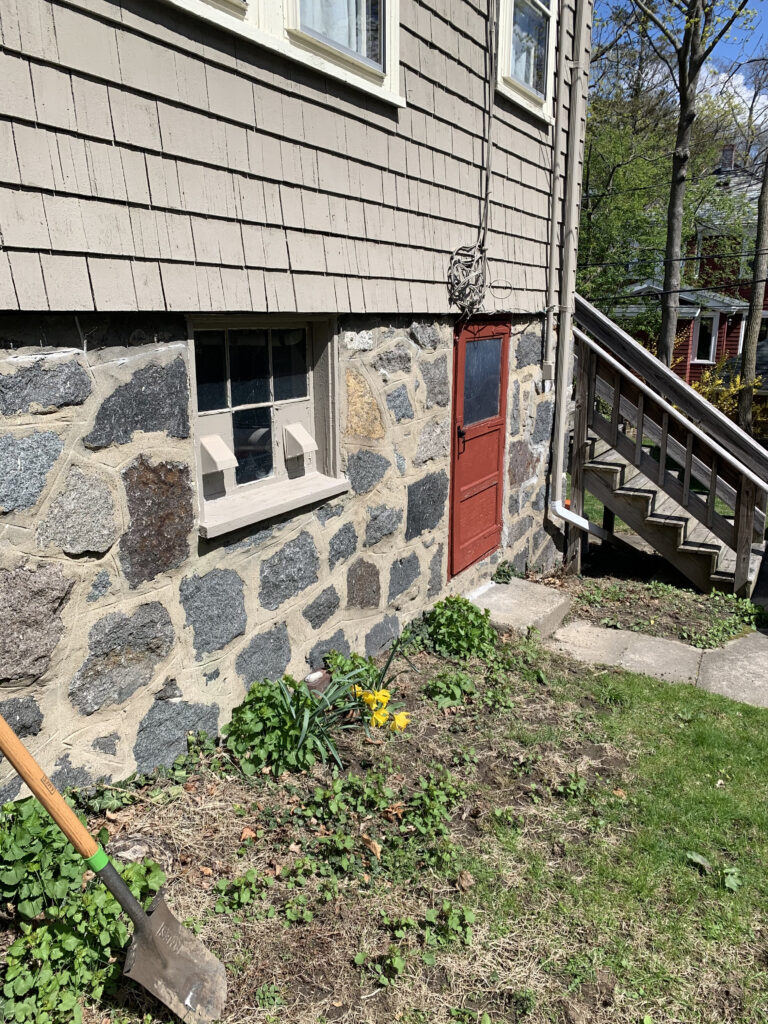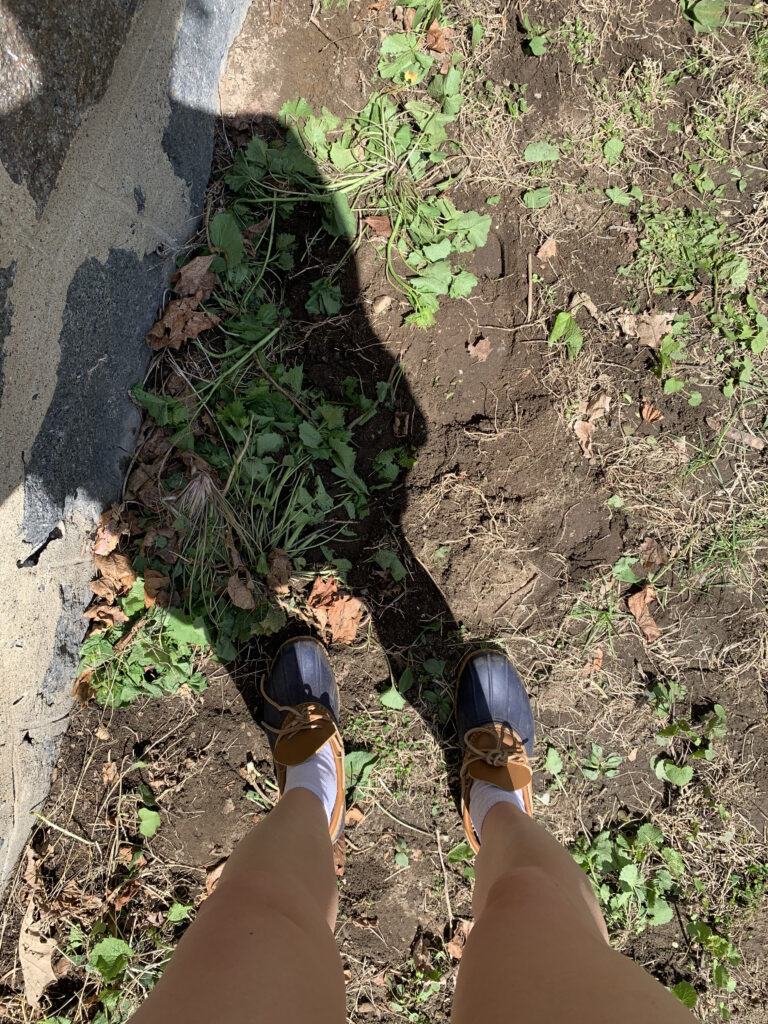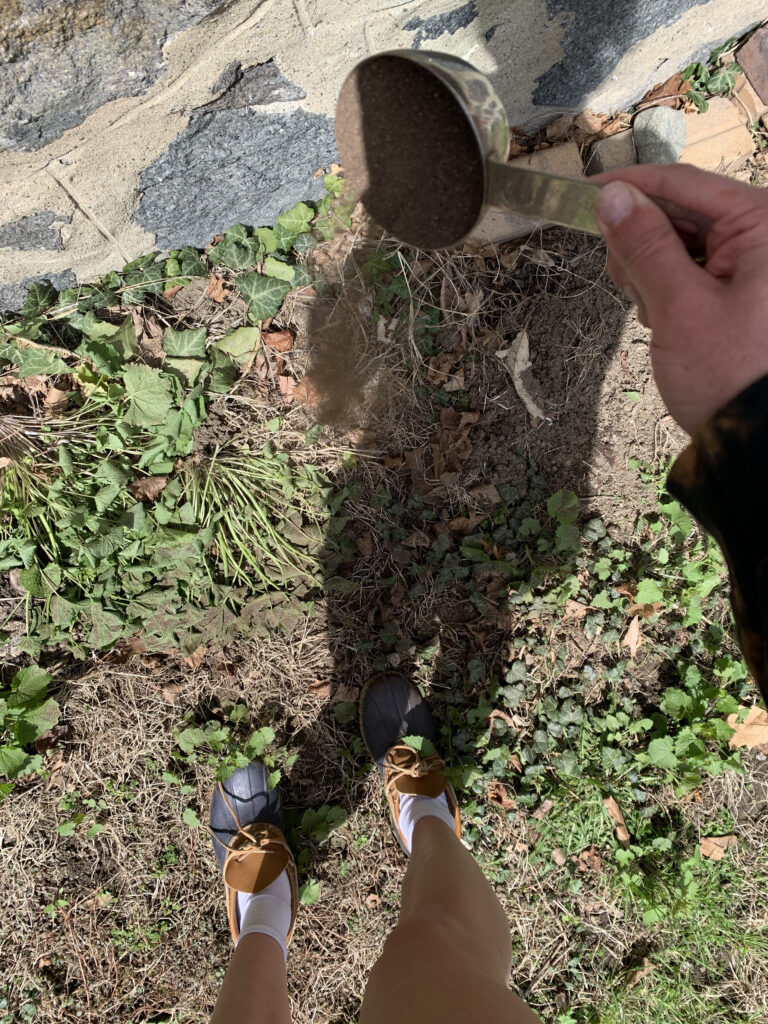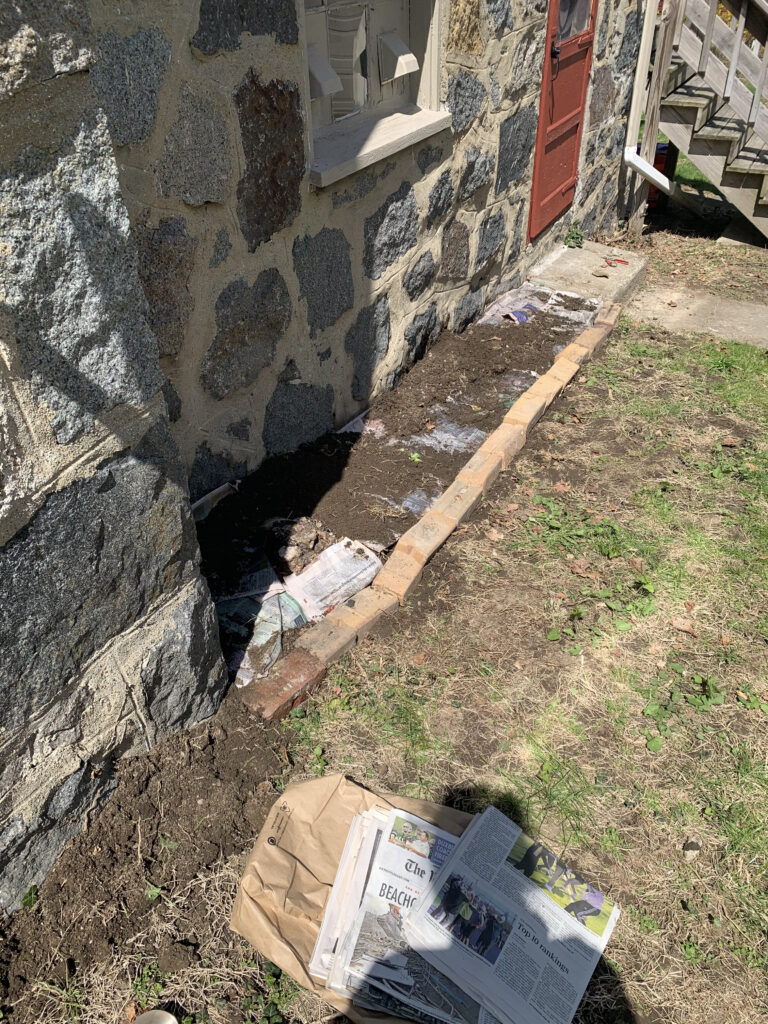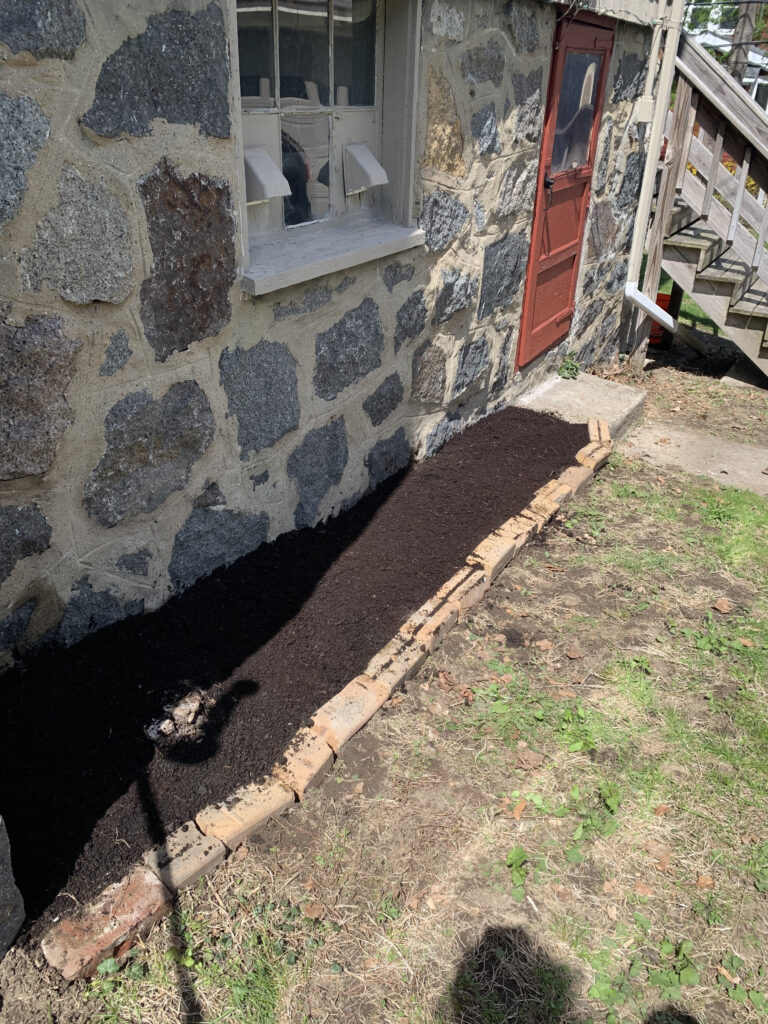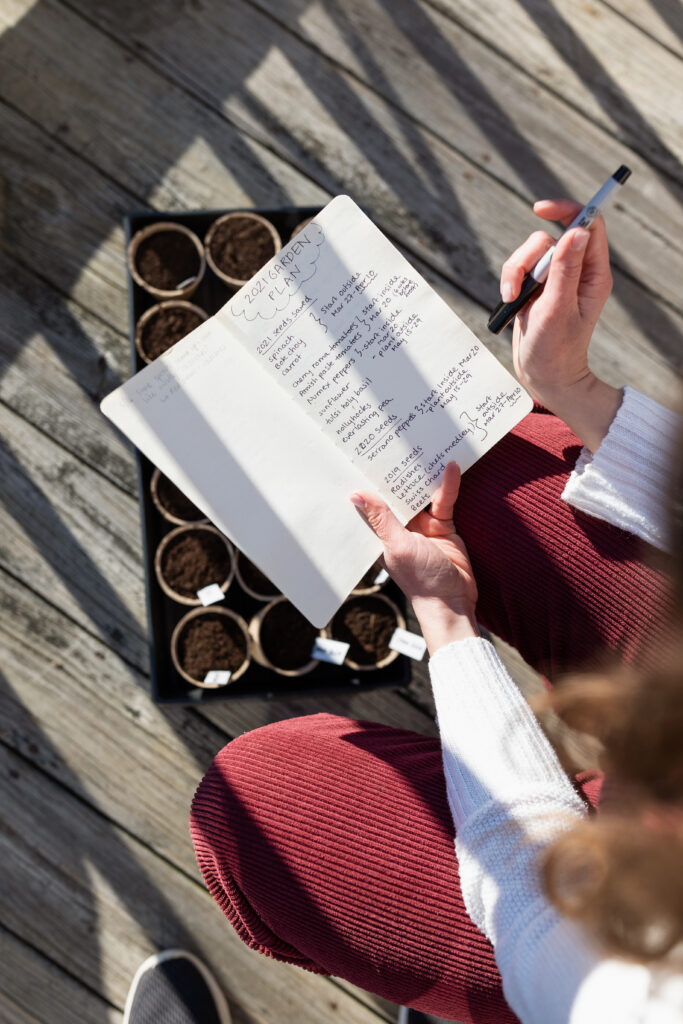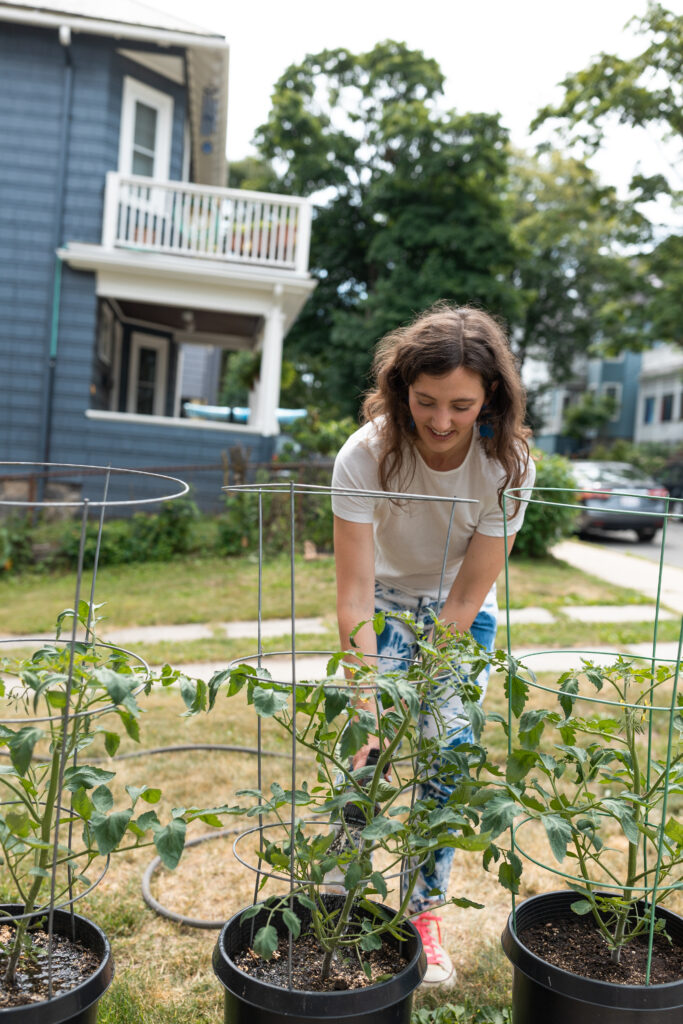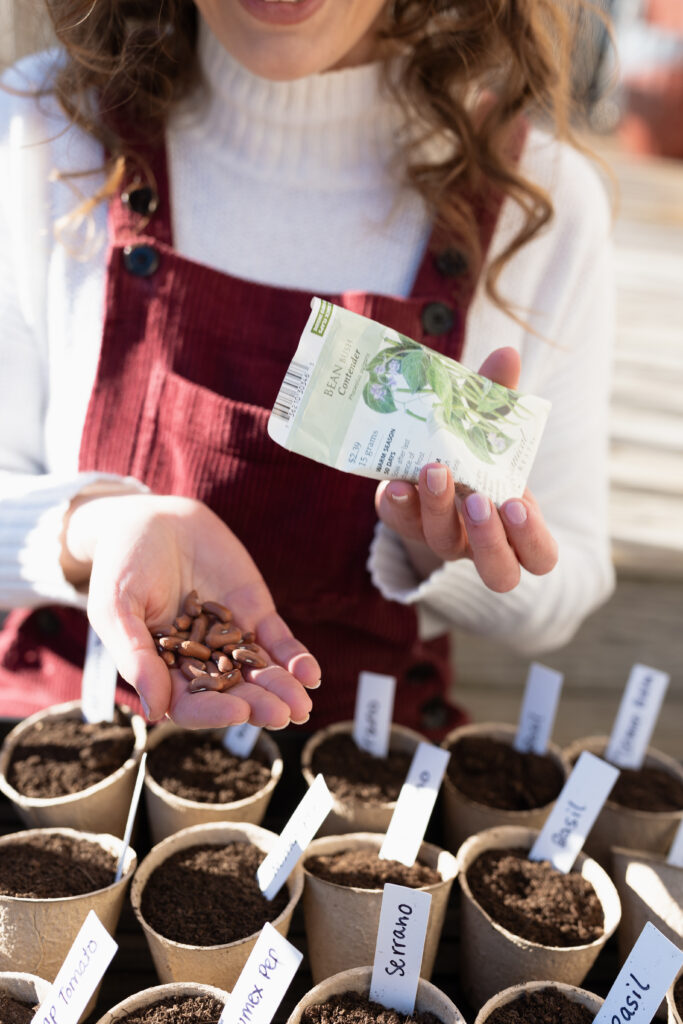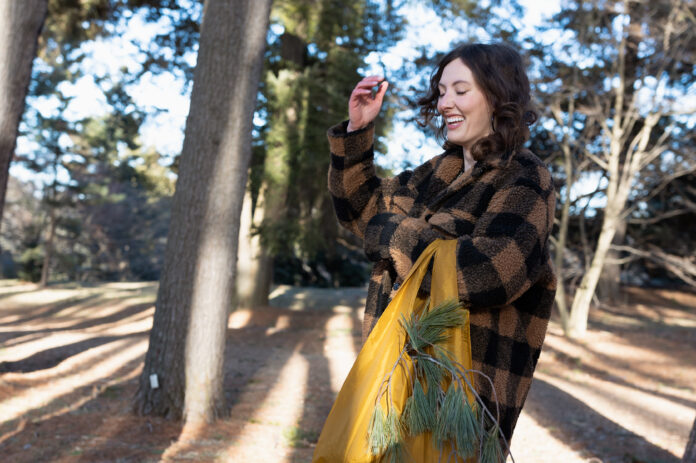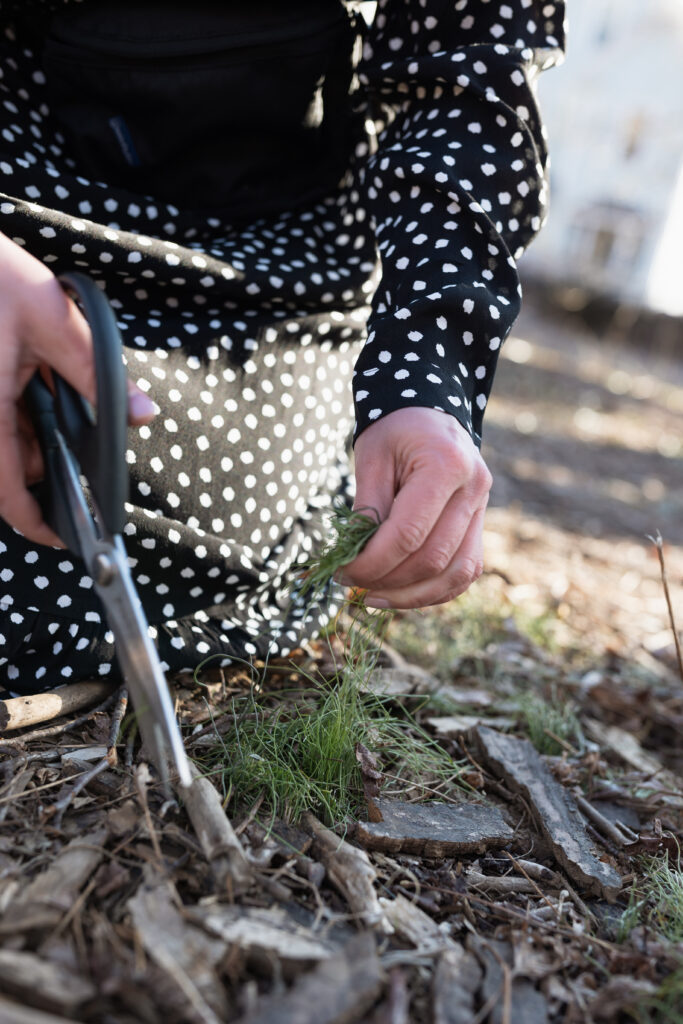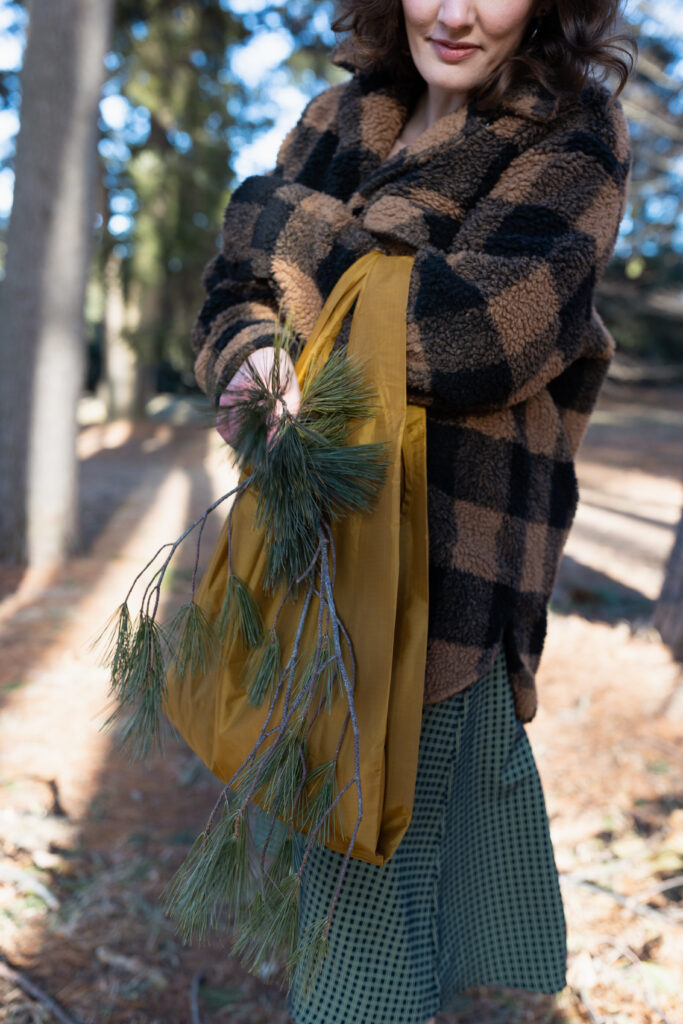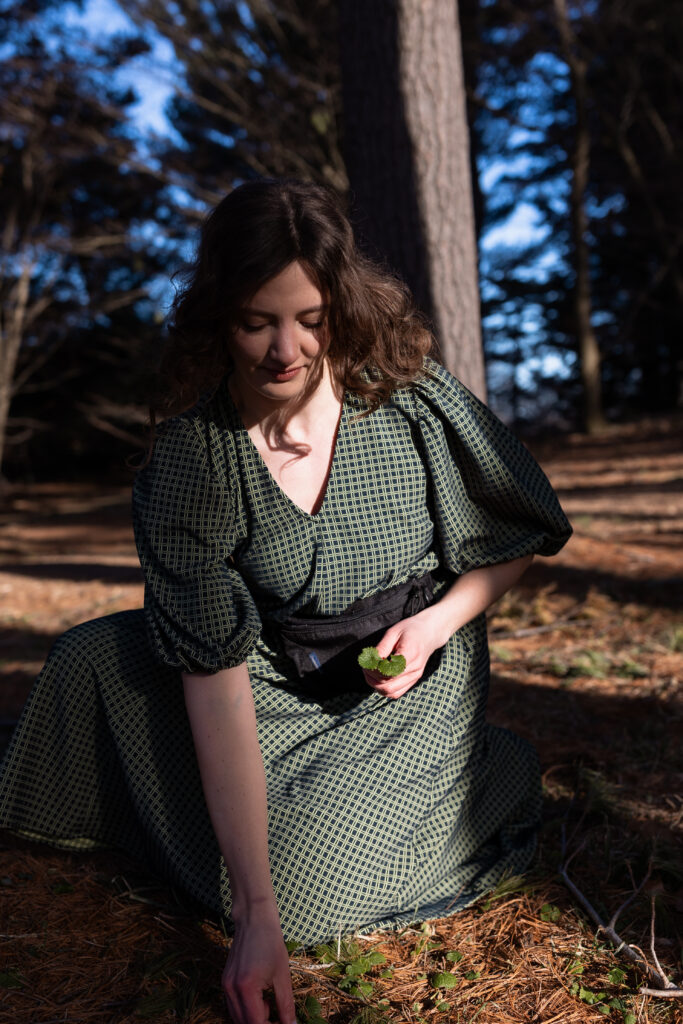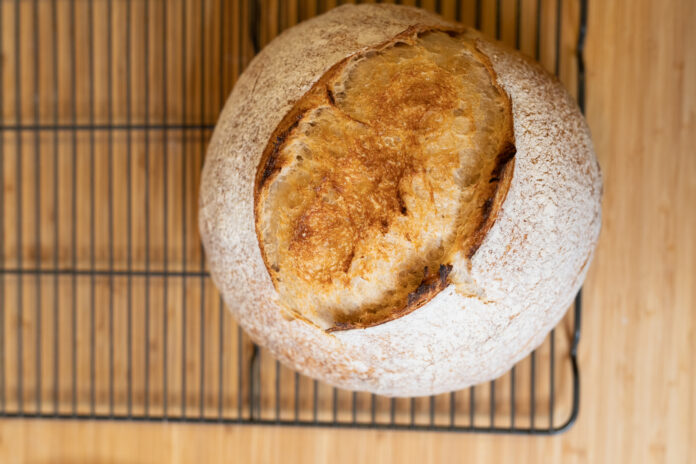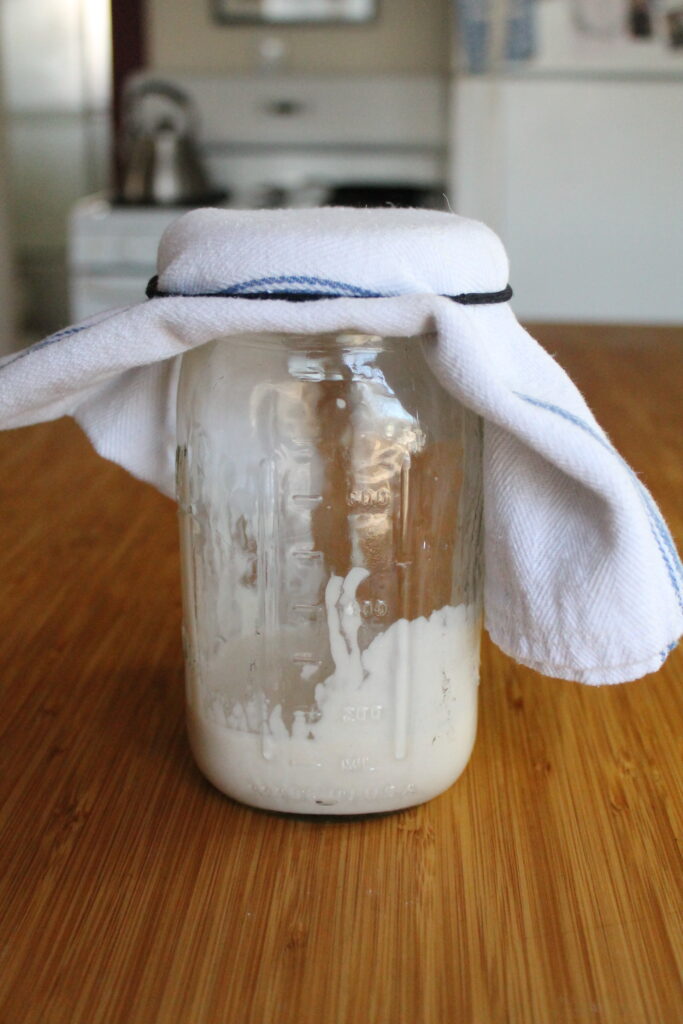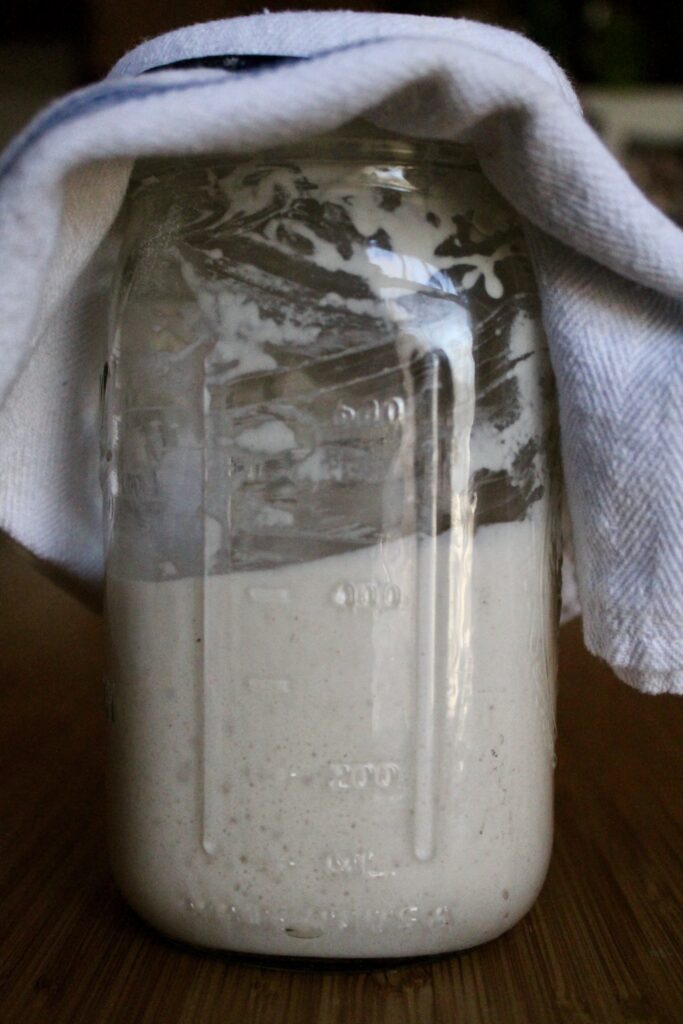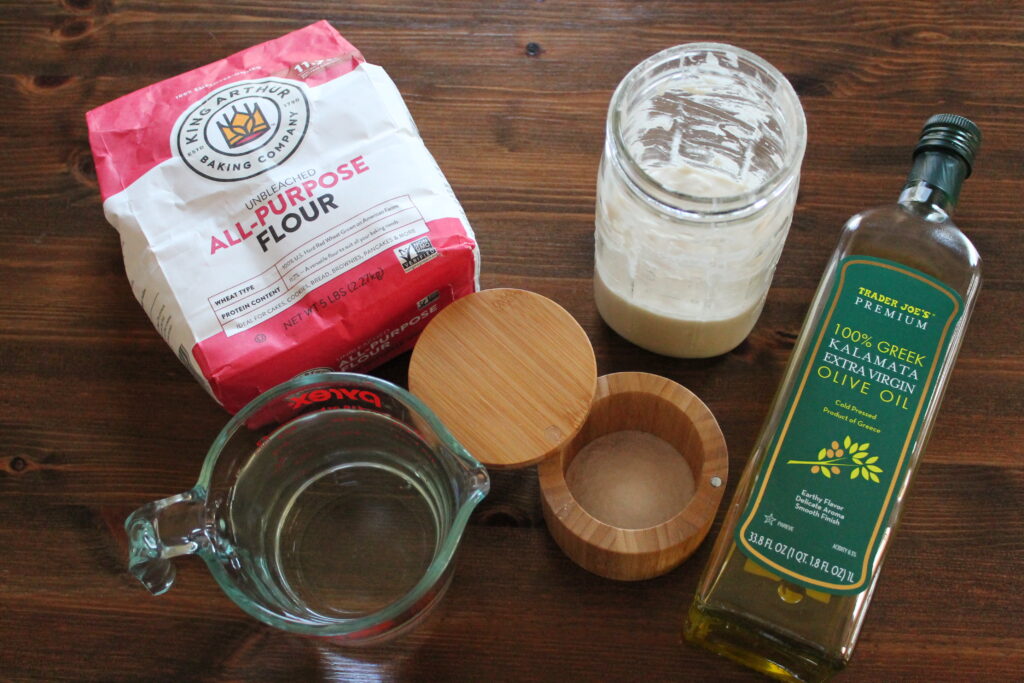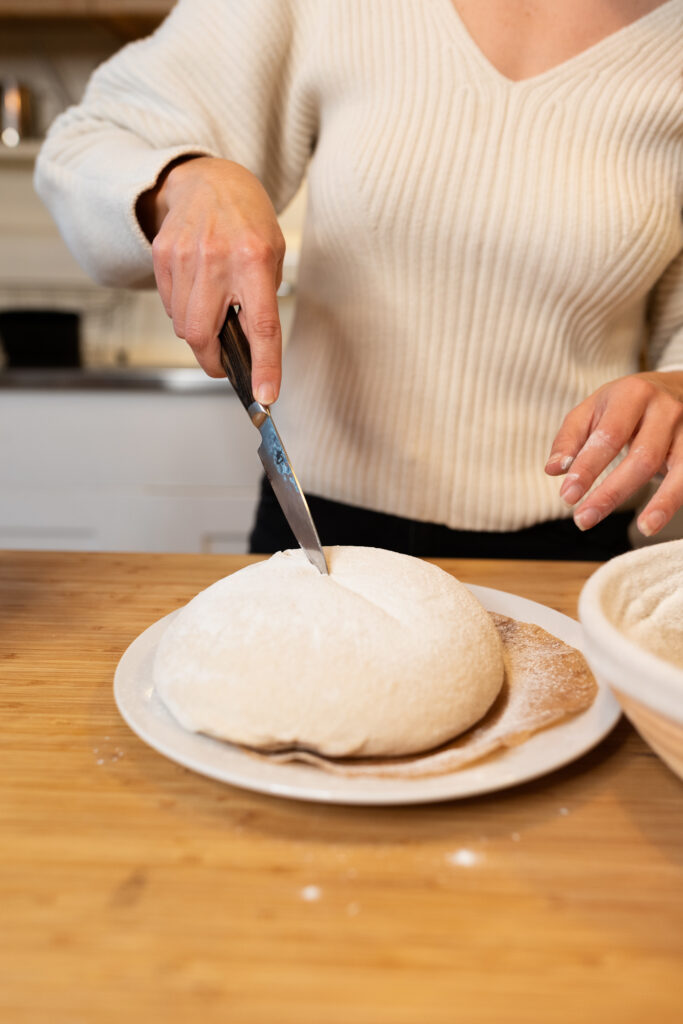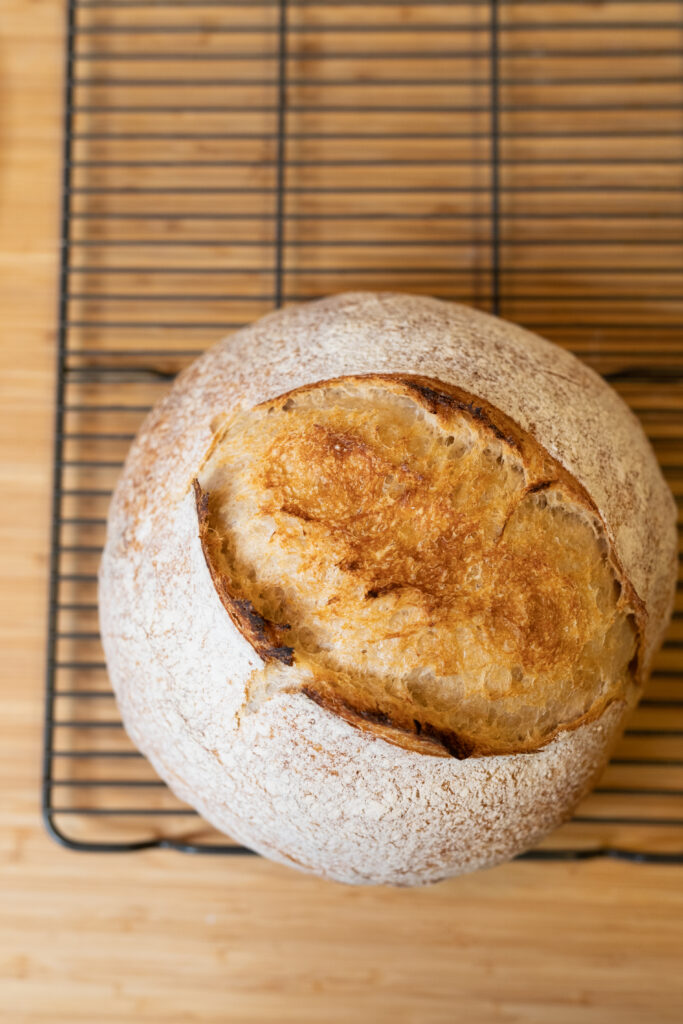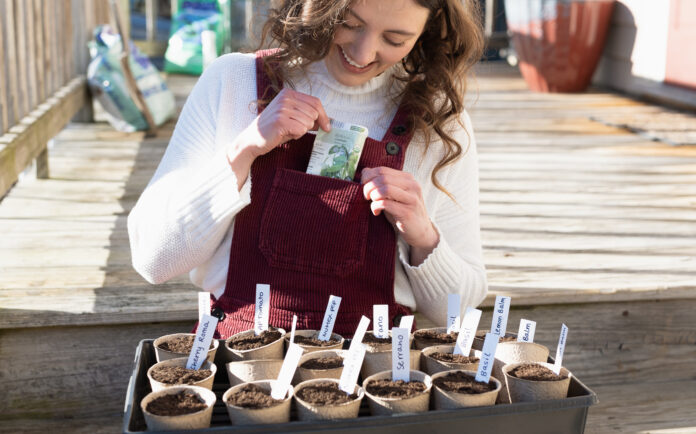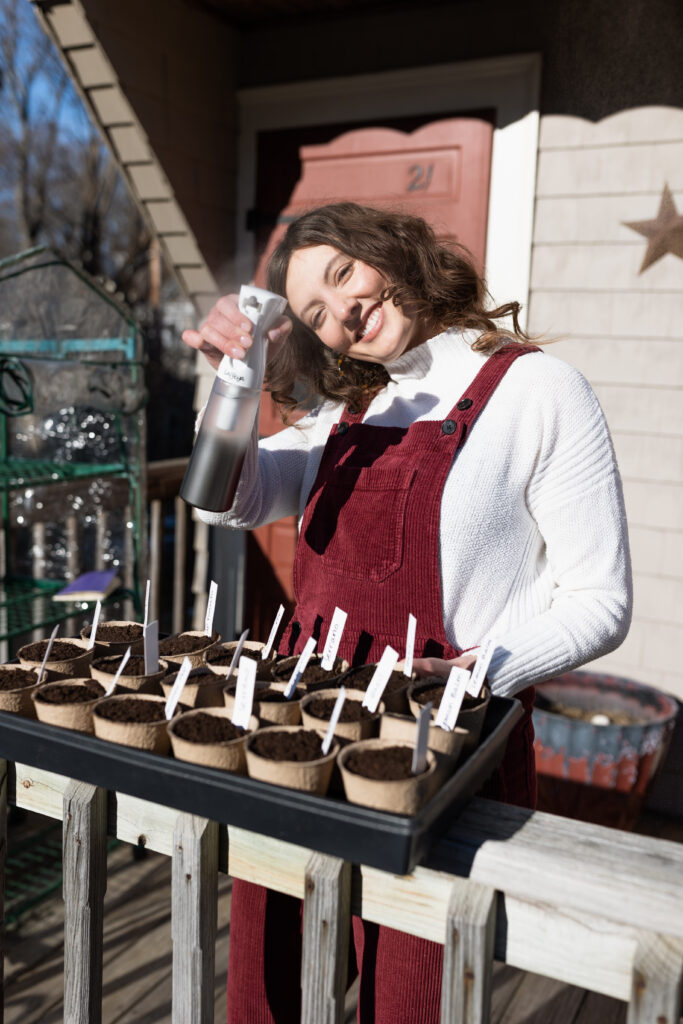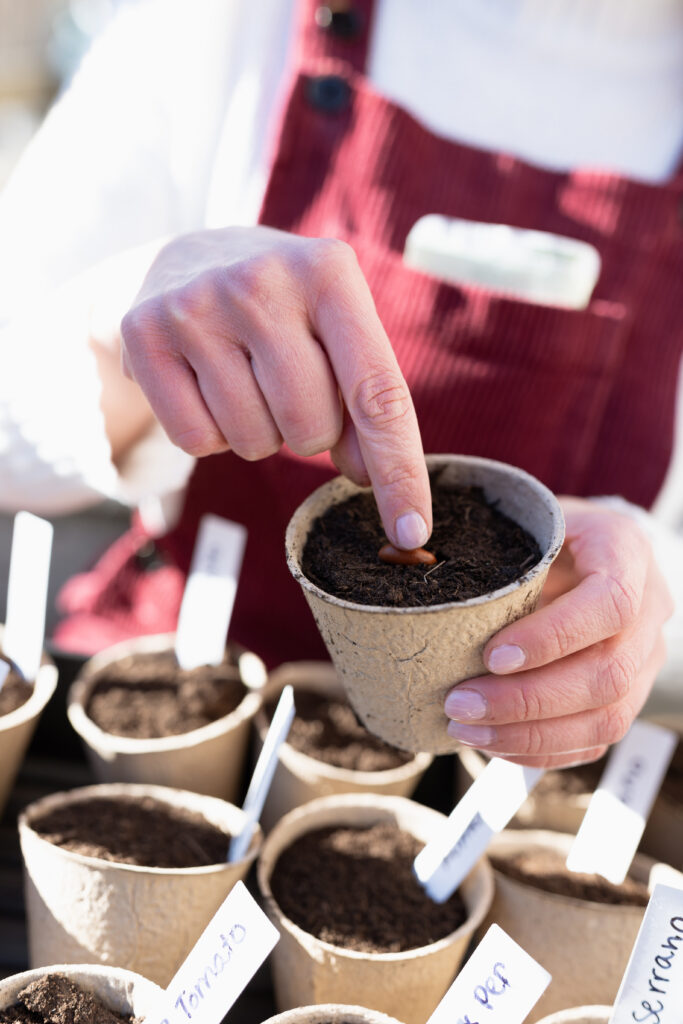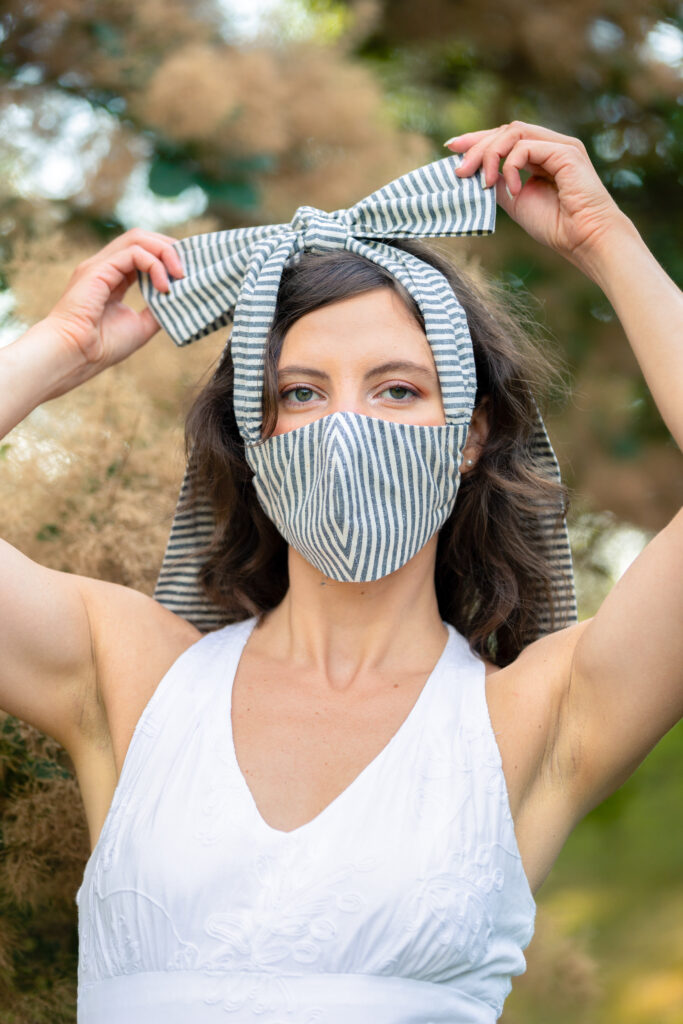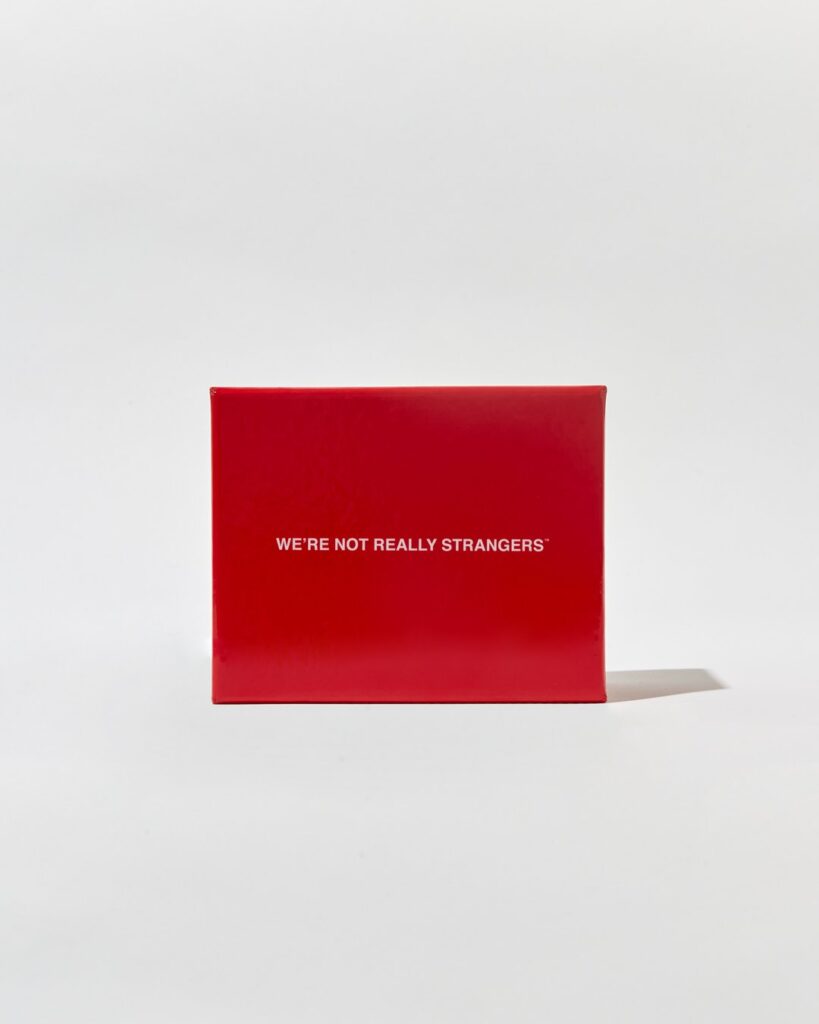Not to brag, but my beverage game is strong.
Just ask my partner–at any one time there are probably two to four drinks on my desk while I’m working.
I like having options, but beyond that, I like to view beverages as little nutritional boosts throughout the day.
How can I maximize the nutritional value of what I’m consuming? For example, we love water (absolutely be drinking half your bodyweight in ounces of water every dang day!), but what about incorporating herbal teas as well? Welcome to the hydration party, vitamins and minerals!
I also like to use beverages as fuel to get me to my next meal when I’m not exactly hungry. (Always listen to your body’s hunger cues). For example, I love coffee, but it often leaves me feeling jittery and ravenous. How about adding protein and fat to make it more nourishing?
Here are five of my favorite daily beverages that support beauty from the inside out with their nutritive properties. And these are not just beauty beverages: because no one part of the body is separate from the other, whatever is good for your hair, skin and nails is good for your overall health.
Cheers to good health!
Please note I am not a doctor or nutritionist, and these recommendations are not meant to be medical advice. Please talk to your doctor especially before incorporating herbs into your diet.
1) Collagen Coffee
Coffee is a non-negotiable for me. However, for some people a cup of joe is a far cry from a beauty food. Instead, it causes jitteriness, anxiety and adrenal crash and burn. If coffee is not your thing, I respect your choice.
However, if you love coffee but not the side effects, there is a way to sneak in extra benefits without the crash. Specifically, I like to add collagen powder and fat to add a little extra nutritive oomph and calories. This keeps me full and seems to ward off the jitteriness that’s often associated with caffeine.
Collagen is a protein found almost everywhere in your body, but is perhaps most known for its role in maintaining skin structure. Collagen is particularly abundant in the skin and connective tissue of animal foods, but luckily for us we can add the flavorless powder version to a variety of beverages, including coffee.
How to Make Collagen Coffee
Start with a high quality coffee like Bulletproof brand coffee and brew as you normally would. (I like drip coffee made with a Chemex like a true hipster).
From there, pour your coffee into a blender with collagen powder and a fat of your choice. For the fat you can add butter, coconut butter or oil, cacao butter, full fat dairy creamer–get creative! Lately I’ve been loving powdered coconut creamer like this one from Laird.
2) Nettle Tea
Stinging nettle (Urtica dioica) is actually considered a common weed in many parts of the world. However, as you’ll learn if you stick around on this blog, one man’s weed is another man’s treasure.
Like the name suggests, stinging nettle will actually cause mild inflammation if touched bare handed due to the tiny stinging hairs on its stalks and leaves.
When cooked or dried as served as a tea, however, nettle leaves have the opposite effect on our bodies and may actually reduce inflammation.
Nettle is also a nutritional powerhouse and contains a wide range of health-supporting vitamins (vitamins A, C, K and some B vitamins) and minerals (calcium, iron, magnesium, among others).
How to Make Nettle Tea
To enjoy the many benefits of nettle, steep nettle leaves in hot water as you would make any tea. My personal favorite way to make nettle tea is to fill a French press about a fifth of the way up with nettle leaves and top off with hot water and let it infuse overnight. I then enjoy a couple cups of tea throughout the next day.
I have read that using scalding hot water can damage some of the vitamins present in nettle leaves. I like to use previously boiled water that has cooled down a bit.
Stinging nettle can be found worldwide. You can either forage your own and prepare for tea or buy from Mountain Rose Herbs.
3) Olipop
The health of your gut can have a profound effect on the health of your skin. The relationship between the gut and the skin is an area of ongoing scientific research, but it is thought to be mediated via the gut microbiome.
There is a delicate balance of bacteria living in your gut. When things are in balance, the friendly bacteria produce compounds that are known to reduce inflammation. When things get out of whack, a proliferation of other kinds of bacteria may lead to inflammation (think acne) and even autoimmune disorders (for example, psoriasis).
How Prebiotics Protect the Skin
We need to feed our beneficial bacteria to get the nutrients that protect our skin.
How do we feed the good guys? Short answer: prebiotics.
You may have heard of probiotics, which are typically live bacterial cultures taken in supplement form. Probiotics are also great.
Prebiotics are dietary fibers that feed the beneficial bacteria that are already in your gut. These bacteria ferment the undigested fibers into short chain fatty acids which reduce inflammation.
Olipop Makes Incorporating Prebiotics Easy
Many foods contain prebiotics, but the easiest way I have found to regularly incorporate gut health into my routine is by drinking Olipop.
Olipop is a carbonated beverage that mimics the flavors of your favorite sodas but also contains nine grams of prebiotic fiber in the form of chicory root inulin and jerusalem artichoke inulin.
Chicory root and jerusalem artichoke have some of the highest concentrations of prebiotic fiber, but when was the last time you had them at your dinner table? Olipop makes it easy to incorporate prebiotics in your diet.
My favorite flavors are vintage cola and orange squeeze.
4) Bone Broth
Since the rise in popularity of bone broth among the wellness crowd, chefs have rolled their eyes at the trendy rebrand of what has been known in the culinary world for centuries as simply stock.
Whatever you call it, simmering animal bones, veggies, herbs and spices in water for an extended period of time is a time-honored tradition that has nourished generations.
Bone broth has numerous nutritious benefits, many of which are specifically beneficial to the hair, skin and nails.
First, broth contains collagen and gelatin, which are proteins extracted from the bones and ligaments as they cook. These proteins provide structure to your skin, improving its appearance. They are also nourishing for the joints, repair digestive tissues and mucosa, and help with the absorption of nutrients.
Second, bone broth is extremely high in vitamins and minerals, especially calcium. (We all know how calcium is important for bone health!)
Where to Source Bones
Start by saving the carcass after you’ve roasted a chicken (or even purchased a rotisserie chicken from the store!) Keep the bones in the freezer until you’re ready to make your bone broth.
Another option is to source bones from your local butcher (beef, chicken, lamb, etc.) Bones are often very cheap, as they would normally go to waste!
As an added sustainability bonus, I find there is a certain satisfaction that comes from using the entire animal when feeding yourself.
Bone Broth Add-Ins
All you really need are bones, water, an acid (like vinegar, wine, or lemon juice), and herbs, spices and veggies of your choice.
A basic stock recipe will include what the French call mirepoix–carrots, celery and onion. I also like to throw in a few sprigs of herbs like parsley or rosemary. For a little heat, I usually add garlic, ginger and whole peppercorn.
Feel free to add whatever herbs, spices and veggies call to you. You can even collect kitchen scraps in the freezer to use whenever you make a stock (think onion skins, parsley stems, herbs that are about to go bad!)
Another key ingredient to a bone broth is the acid. This can be lemon juice, lime juice, wine or vinegar. I like to use raw, unfiltered apple cider vinegar. The acid breaks down the bones as they cook, making the minerals within more bioavailable.
How to Make Bone Broth
Making bone broth at home is cheap and easy once you make it part of your routine.
Add your bones to a large stock pot or crock pot.
No need to brown your bones beforehand. You can if you want, but for me it doesn’t make too much of a difference. I usually throw them in straight from the freezer.
Cover completely with 4-5 inches of water.
Throw in your herbs, spices, and veggies. I usually keep these loose ingredients in a mesh bag or “soup sock” to make straining and clean-up easier.
Add ¼ cup of your choice of acid for every 1.5 lbs of bones.
If cooking on a stovetop, cover and bring to a boil on high heat. After the stock has reached a boil, bring to a simmer. Let cook for as long as possible for maximum benefits–up to 48 hours.
If cooking in a crockpot, follow pretty much the same steps as above. Cover bones with a few inches of water. Slow cook for up to 72 hours.
The crockpot is my favorite way to make bone broth because you can safely leave it simmering for long periods. The more time the bones have to simmer, the more minerals are extracted into the broth!
5) Natural Vitality Calm Magnesium Supplement Drink
Magnesium is a mineral that plays an important role in the human body, including many processes that affect the hair, skin and nails.
First, magnesium is vital to the immune system and can be protective against inflammation. Magnesium deficiency has been linked to inflammation, which can directly or indirectly cause hair loss.
Magnesium is also essential in the division and growth of cells. Cell turnover is responsible for that youthful glow!
Finally, magnesium plays an important role in the nervous system and has been shown to be a muscle relaxant and potentially be protective against anxiety.
My favorite way to take magnesium is to wind down with a hot cup of Natural Vitality’s Calm magnesium supplement drink.
Natural Vitality has several flavors, but my favorite is the raspberry lemon. They even have a flavorless version.
Simply add a teaspoon to hot water every night before bed and enjoy your beauty sleep.

